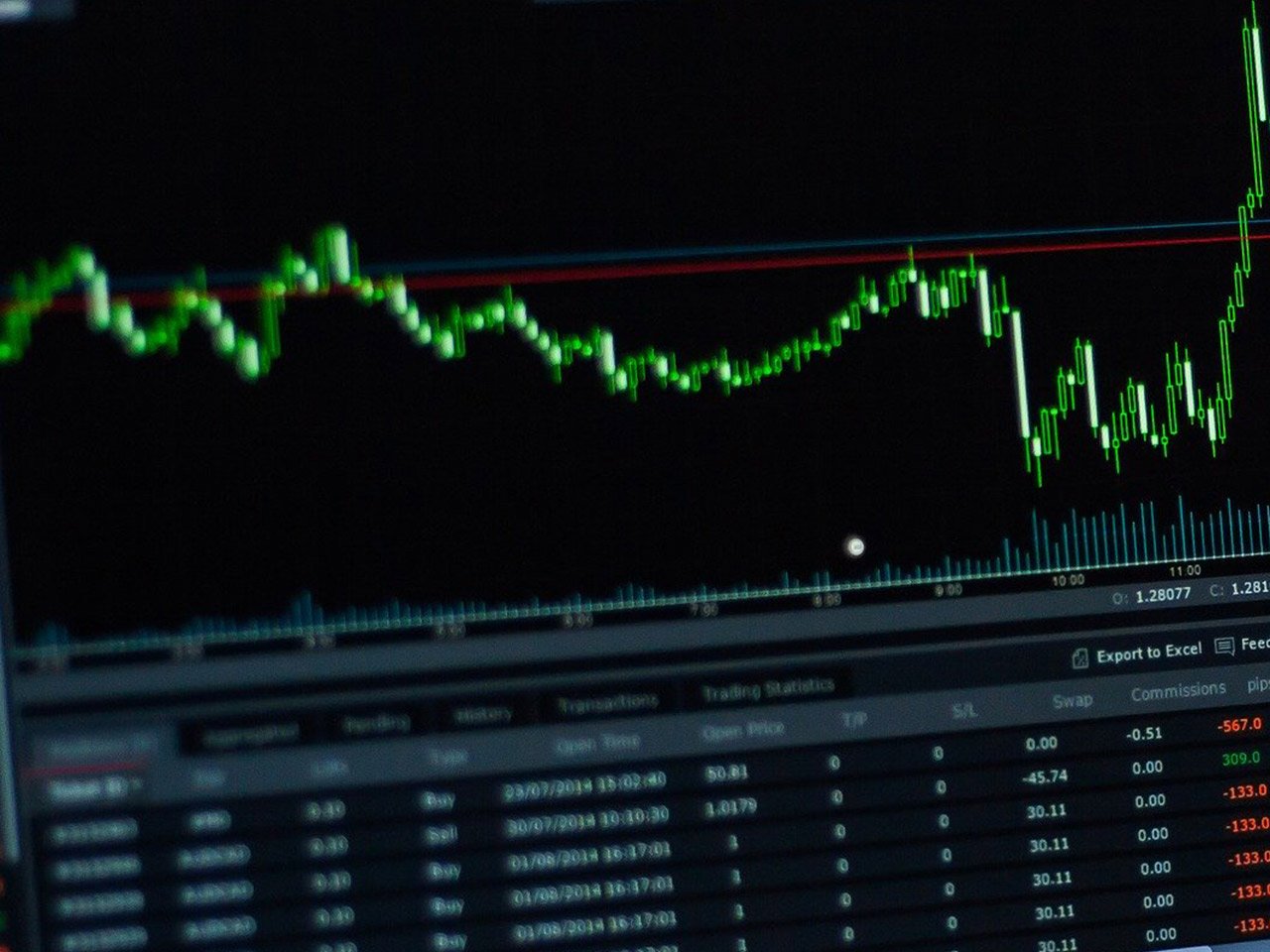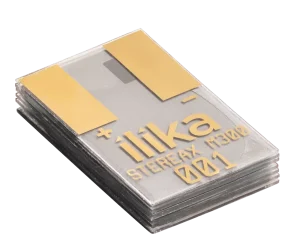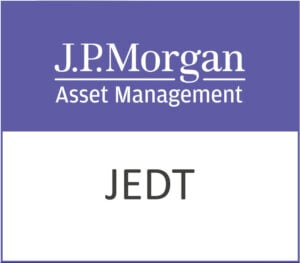Snap-On Incorporated (NYSE: SNA), a stalwart in the industrial tools and accessories sector, is a name that resonates with investors looking for a stable player with a rich history dating back to its founding in 1920. As of now, the company boasts a market capitalization of $17.15 billion, with its stock trading at $327.89. Despite a modest price change of 0.01%, Snap-On offers intriguing prospects for patient investors, particularly those focused on dividends.
Snap-On’s current valuation and performance metrics provide a mixed bag of insights. The company’s forward P/E ratio stands at 16.42, suggesting a reasonable valuation relative to its projected earnings. However, revenue growth has contracted by 3.00%, reflecting potential challenges in expanding its market share or dealing with macroeconomic pressures. Despite this, Snap-On’s earnings per share (EPS) is reported at an impressive 19.12, underlining its ability to generate strong profits from its operations.
One of Snap-On’s standout financial metrics is its return on equity (ROE) of 19.54%. This figure indicates that the company is adept at converting equity into profits, a positive sign for shareholders. Furthermore, its free cash flow of $811.5 million is a testament to the company’s robust cash-generating capabilities, providing ample room to support its dividend payouts and potential reinvestments into growth initiatives.
For income-focused investors, Snap-On’s dividend profile is particularly appealing. With a dividend yield of 2.61% and a payout ratio of 41.86%, the company offers a reliable income stream. The moderate payout ratio suggests that Snap-On maintains a balanced approach, allocating sufficient earnings to dividends while retaining enough to invest back into the business.
Analyst ratings for Snap-On show a diverse range of perspectives. The company has garnered 4 buy ratings, 6 hold ratings, and 2 sell ratings. The target price range is quite broad, stretching from $236.00 to $400.00, with an average target price of $321.39. This represents a potential downside of 1.98% from its current trading price, indicating that the market may have already priced in most of its growth prospects for the near term.
From a technical standpoint, Snap-On’s stock is trading slightly above its 50-day moving average of $323.96 and its 200-day moving average of $322.36. The Relative Strength Index (RSI) of 36.25 suggests that the stock is approaching oversold territory, which could present a buying opportunity for contrarian investors. The Moving Average Convergence Divergence (MACD) indicator is positive at 0.57, with a signal line of -1.98, adding to the mixed technical signals.
Snap-On’s extensive product lineup, which includes hand and power tools, diagnostic products, and business management systems, positions it as a comprehensive solutions provider for professional users across various industries. Its strategic operations across four business segments allow it to capture a wide market spectrum, from automotive repair shops to industrial equipment servicing.
While the company faces growth challenges, its strong financial foundation and strategic focus on high-demand industries such as aviation, aerospace, and technical education provide a buffer against economic headwinds. Investors with a long-term horizon may find value in Snap-On’s steady dividend yield and its capacity for profitability, even in challenging economic climates.










































